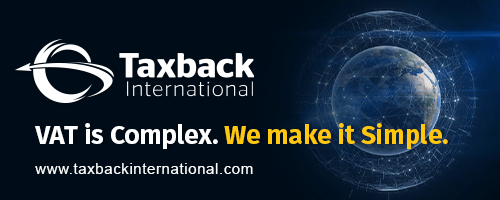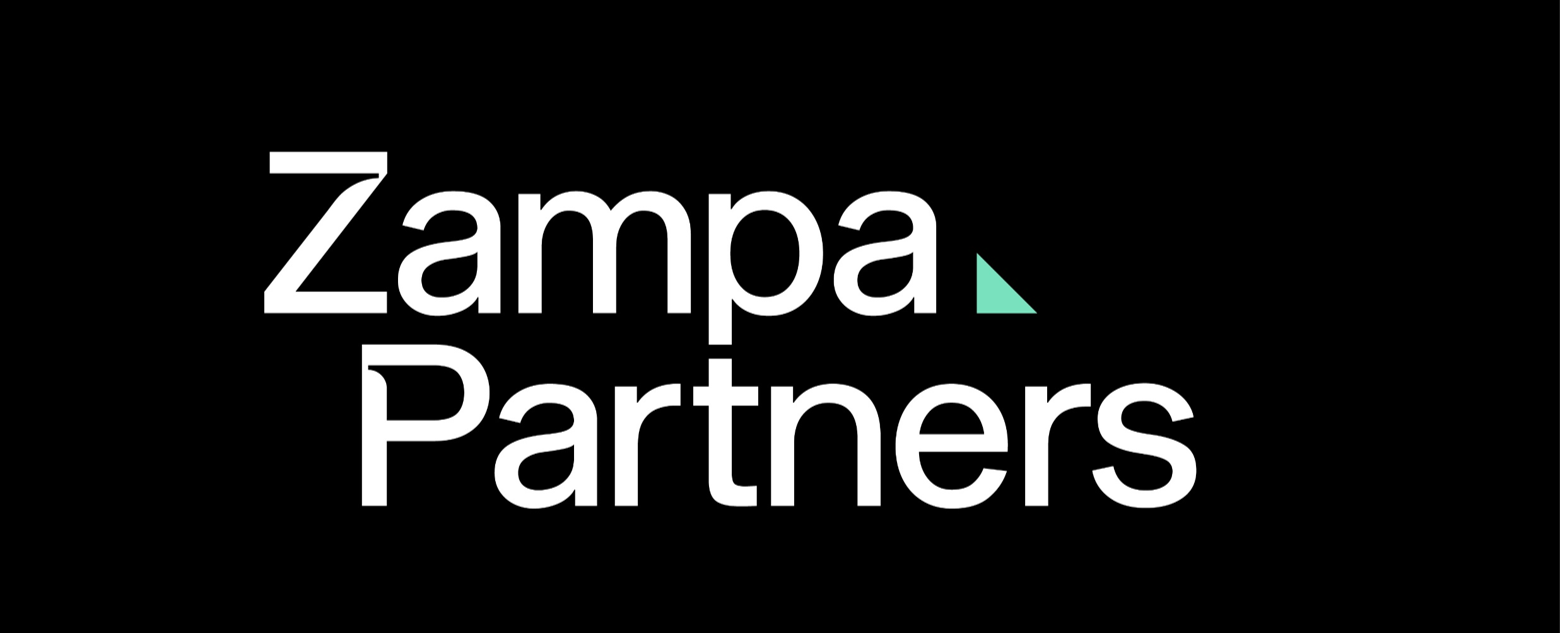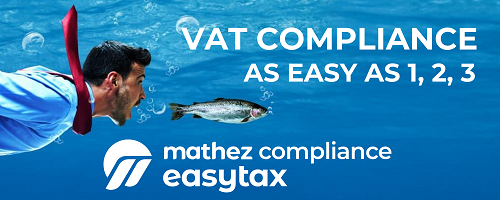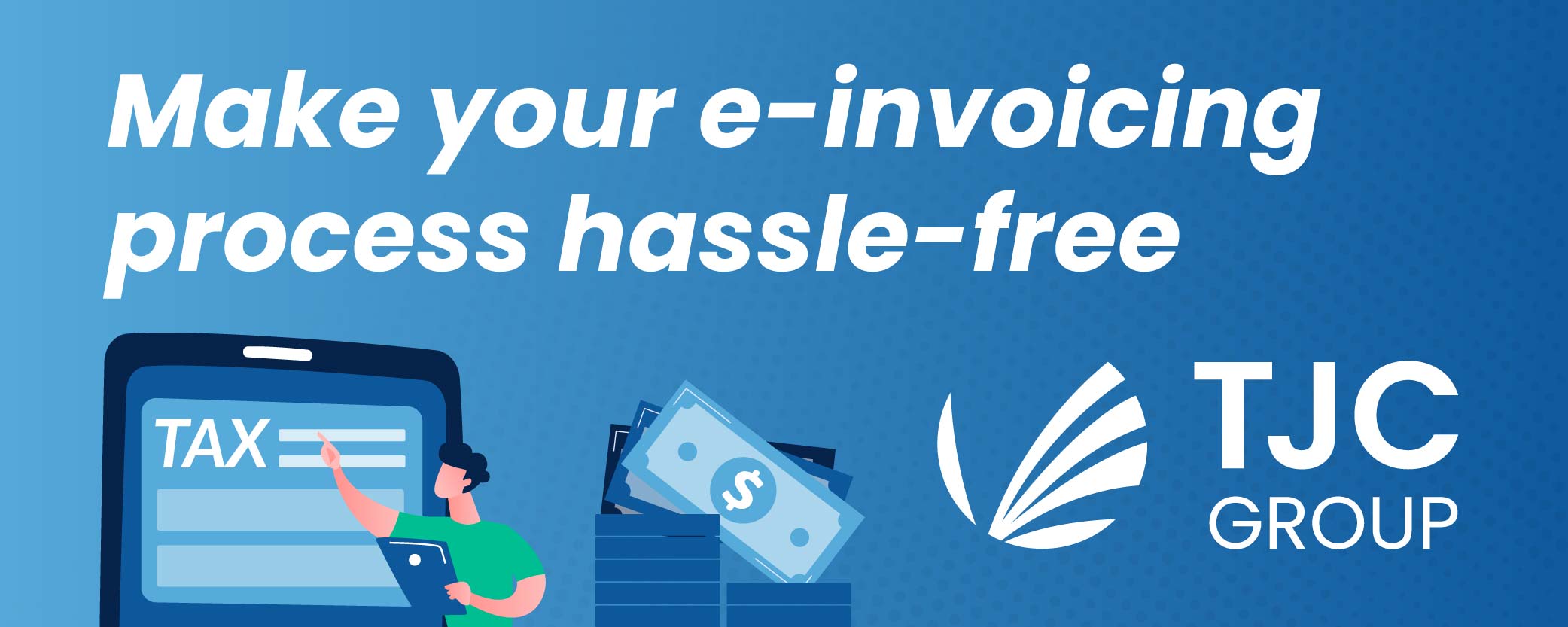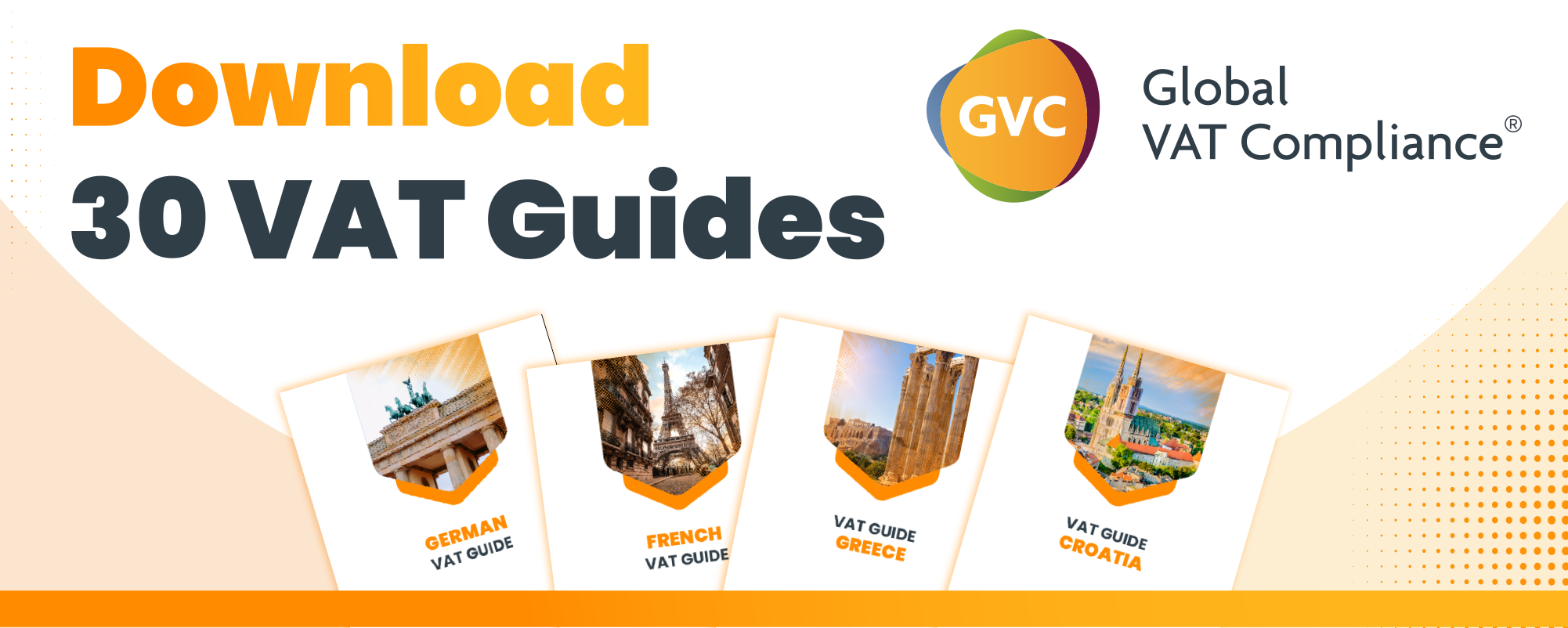It will be possible from 1 January 2020 to apply the reduced VAT rate (9 percent) to the supply and lending of digital publications. To date, the reduced VAT rate only applies to books, magazines, newspapers and any other publications on physical media, but the regular VAT rate (21 percent) applies to e-books and digital newspapers, for example. This leads to distortion of competition. This change in the law removes this difference now that the European VAT Directive has recently permitted this.
What is an electronic publication?
To be eligible for the reduced rate, an electronic publication based on social views in content and use must be comparable to a physical publication that is already covered by the reduced rate. In short, this concerns books, newspapers, magazines and teaching materials intended for education.
In addition, the reduced rate will also apply to (paid) news websites that offer news, current events and background information (such as investigative journalism). The dynamic nature of such websites does not stand in the way of this.
Extra digital user options
To determine comparability with physical publications, account must be taken of any additional user options that are possible in a digital environment. As long as there are simple extra functionalities, such as adjusting font size or a search function, this does not affect comparability with a physical publication. More complex user options, such as the addition of an interactive card or games, can stand in the way of applying the reduced rate if they are more than additional and therefore change the nature of the publication.
Online databases of trade publications (‘trade portals’) are a good example. If such collections mainly consist of making journals and encyclopedias accessible, the reduced rate can be applied.
However, the reduced rate cannot be applied to databases that are primarily aimed at making information accessible, without taking into account its physical appearance and new search functionalities.
We expect that for specific electronic publications the definition described above can lead to difficult discussions. In practice, it will have to be shown when specific user options or changes in appearance are too far-reaching to still apply the reduced rate to an electronic publication. Moreover, the boundaries are broader if a publication is a learning tool intended exclusively for education.
Video and music
Another element in the definition is the use of video material, music and advertising in an electronic publication. If a publication consists entirely or mainly of such materials, the reduced rate may not apply. There are no practical guidelines given when it is primarily about business.
What does this mean to you?
For most electronic publications it will be immediately clear whether the reduced rate applies from 1 January 2020. If this is the case for your electronic publications, you will still have to arrange a few things. Consider, for example, adjustments to your administrative systems and the pricing of the products for which the VAT rate changes.
In addition, the timing of invoicing and payment at the turn of the year must be taken into account. In the absence of a transitional arrangement, the timing can make the difference between the applicability of the regular or reduced rate. Consider, for example, subscriptions that are offered beyond the annual limit.
If for certain electronic publications it is not immediately clear whether they meet the requirements for applying the reduced rate, then further investigation will first be required. It may even be necessary to seek early coordination with the tax authorities on this. We have a lot of experience in this and can help you with this.
If you purchase electronic publications from foreign entrepreneurs and have to determine the VAT due yourself (the ‘reverse charge’), you will also have to deal with the above problems. For educational institutions, for example, it is worthwhile to properly investigate these purchased services. Of course we are happy to assist you with our expertise.
Source PWC









